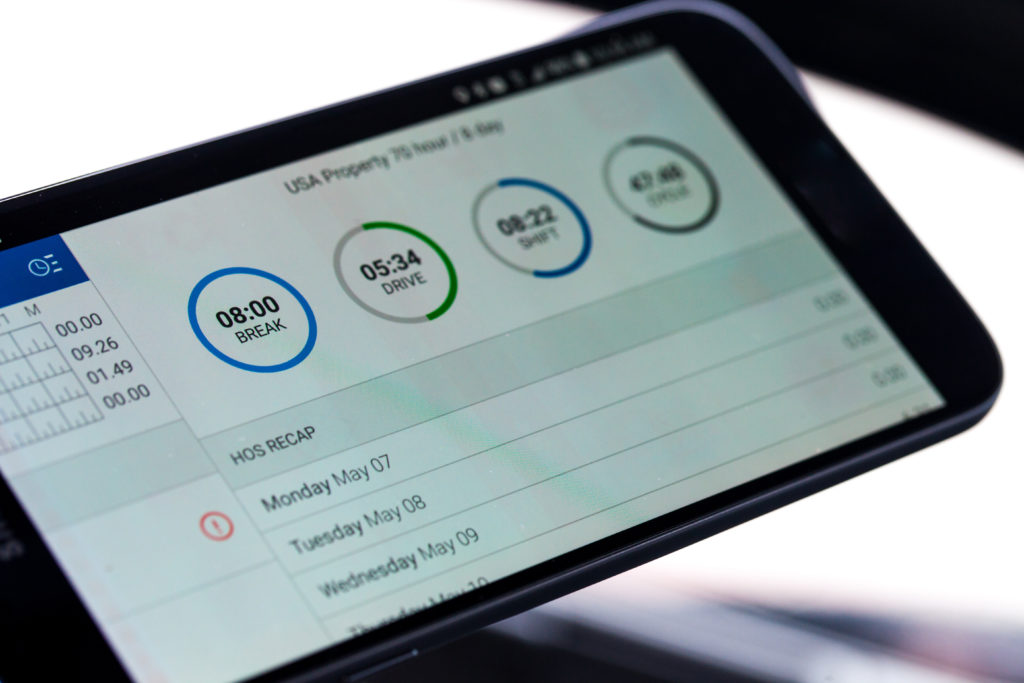
Almost half of all truck drivers may be at risk for obstructive sleep apnea, according to a new study of 20,000 commercial motor vehicle drivers.
Obstructive sleep apnea, a medical condition that can cause severe drowsiness while driving, was studied by Virginia Tech Transportation Institute researchers who presented their findings at a Transportation Research Board committee meeting last month. They explained that although various studies on sleep apnea have been conducted previously, the number of truck drivers with either diagnosed or undiagnosed sleep apnea may have been heavily underreported. Earlier studies found that between 7.2 and 30% of truckers may have sleep apnea, whereas the latest research shows that this number may be as high as 49%.
As explained by the study, obstructive sleep apnea is a disorder causing the collapse or repeated blockage of the upper airway for at least 10 seconds at a time. When the airway is closed repeatedly in this manner, varying periods of low amounts of oxygen and high amounts of carbon monoxide in the blood will lead to the individual waking up during the night to gasp for air, therefore causing extremely interrupted sleep.
Using the STOP-Band method, 9,382 of the 20,000 truck drivers tested were found to have apnea “potential,” and 9,639 were found not to have apnea. These numbers differ greatly from a previous study that found only 6.4% of 13,724 drivers had potential sleep apnea, with 86% expected not to be affected by the disorder.
The STOP-Bang method assesses OSA risk factors like snoring, fatigue, hypertension, age, body mass index, gender, neck circumference, and observed apnea using an eight-part screening tool that incorporates these objective risks with subjective symptoms.
Drivers who participated in the study and who had undiagnosed and untreated sleep apnea were found to be at much greater risk of being involved in or responsible for moving violations and preventable crashes.
“The goal of the new study is really to get an accurate estimate of potential OSA,” said VTTI researcher Jeffrey Hickman, who worked on the study. “We’re not trying to diagnose people. We’re just screening them.”
Because long-haul truckers spend many consecutive hours on the road, they often are unable to find healthy food options or opportunities to exercise while on duty. This allows for potentially health issues to come into play, such as diabetes, obesity, and other conditions, like apnea.
“Beyond the health consequences, there are also safety consequences that are well-established in the literature that those diagnosed with OSA that is not treated increases [their] crash risk because [they’re] not getting sleep,” said Hickman at a virtual presentation with the TRB Truck and Bus Operators Health and Wellness Subcommittee. “If you’re not getting sleep, you’re tired when you’re driving, and so that results in a lot of inattention that increases your crash risk.”
Diagnosed drivers can, luckily, reduce their risk of involvement in a crash–even bringing it as low as the risk for those without apnea–by undergoing treatment. These treatment methods include C-PAP masks (positive airway pressure) or surgery, and can have very helpful and impactful effects.
“Although several studies have estimated the prevalence of obstructive sleep apnea in the commercial motor vehicle driver population, limitations such as small sample sizes and study samples that are not representative of the industry have limited the generalizability of these study findings to the general CMV population,” the study explained.
Additionally, screening methods allowing medical examiners to easily diagnose sleep apnea aren’t yet effective or common enough, Hickman noted.
“It’s not something that people raise their hands and say, ‘Yes, I want a C-PAP machine,’” he said. “There is some incentive to be less-than-truthful because drivers just don’t want that treatment.”
Still, guidance from the Federal Motor Carrier Safety Administration for certified medical examiners has had improvement, although FMCSA has not given any particular regulatory standards regarding the condition. This perpetuates the allowance of sleep apnea continuing to be a problem in the industry, explained Natalie Hartenbaum, an occupational fitness and truck driver health expert and medical doctor.
In 2017, federal regulators announced plans to withdraw a notice of proposed rule-making requesting information on ways to better assess OSA risks for transportation workers, which initially focused on those already diagnosed working within safety-sensitive roles. Therefore, the dangerous risks of obstructive sleep apnea for industry workers continues to be a major concern for the industry itself, and for everyone else on the road.




